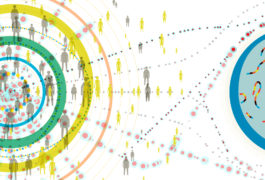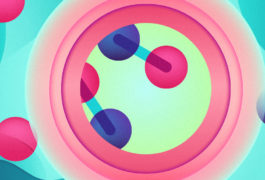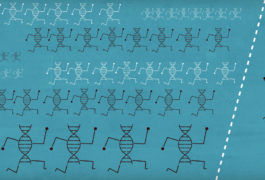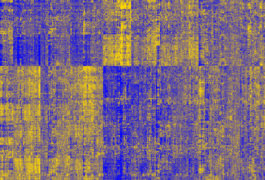Why it’s time to spin autism genes into drug screens
Autism researchers’ top priority should be shifting their focus to finding treatments for severe forms of the condition.

Autism researchers’ top priority should be shifting their focus to finding treatments for severe forms of the condition.

After a decade of fast-paced discovery, researchers are racing toward bigger datasets, more genes and a deeper understanding of the biology of autism.
Paternal age drives ‘geek index’ scores, GWAS may have a big weakness, serotonin boosts mouse social behaviors, and what is science Tinder?
The evidence linking autism and maternal infections grows, special neuron recipes are in development, a CRISPR pioneer envisions unicorns, and 23andMe delivers empathy data.

Teasing out how genes interact can offer clues to autism’s causes and point to treatment targets.

Whether a gene should be considered a ‘novel candidate’ for autism depends not just on whether it’s been linked to the condition before, but on the strength of that link.

Asking participants in genetic databases about their family’s medical history can help researchers uncover genetic variants tied to conditions such as autism.

The brains of many people with autism may exhibit a characteristic arrangement of chemical groups on the proteins that DNA coils around.

A new chart of DNA’s three-dimensional structure reveals genomic regions that control distant genes during development.

A massive collection of brain tissue reveals common genetic variants that influence gene expression in the brain.